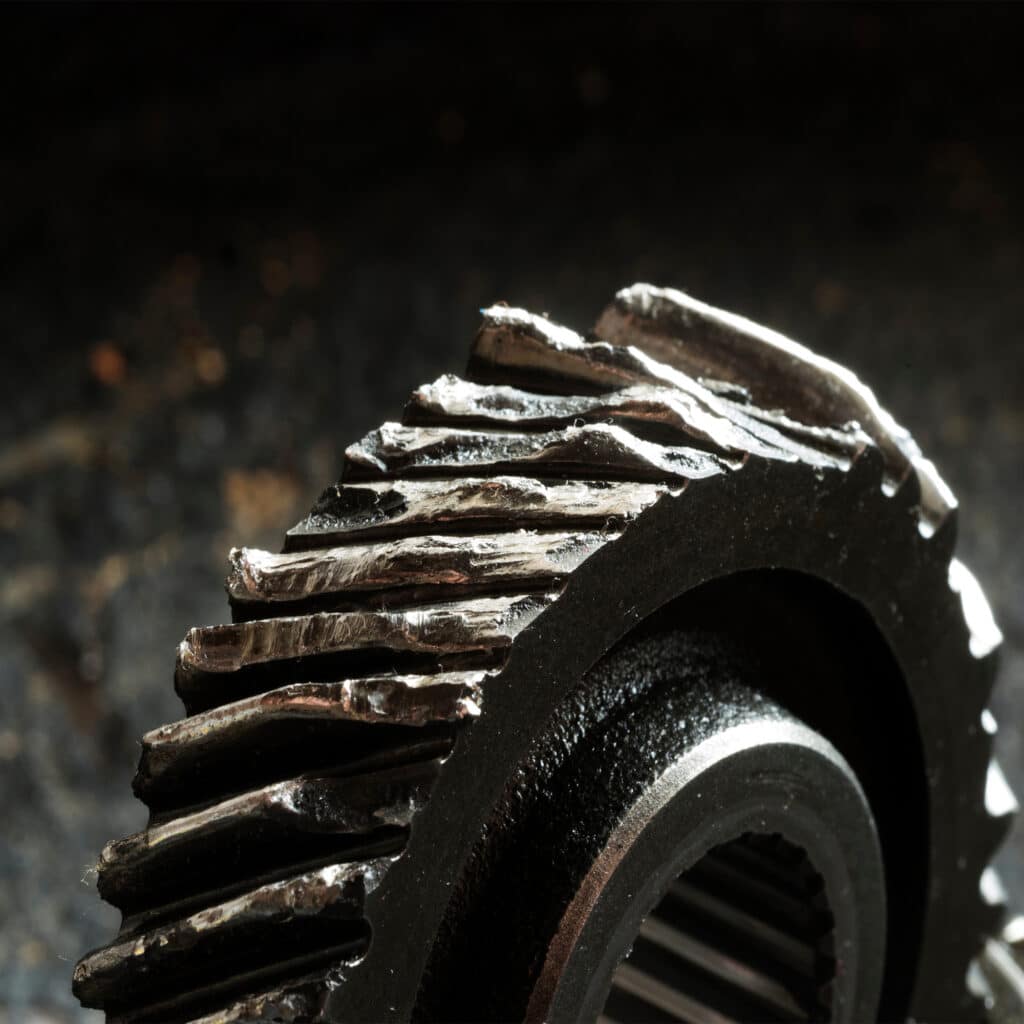
Metal damage and metal failure have been factors in how effectively and profitably businesses operate as long as metal tools and equipment are in use. In fact, it is such a “fact of life” in many industries that companies—especially those that have been in business a while—often just look at their historical component replacement data and budget for the repair or replacement as a recurring expense.
Unfortunately, it is easy for businesses that take that approach to focus only on that repair or replacement figure when, in fact, tool damage causes a number of “hidden” costs. And those costs are even harder to bear when companies learn that there is powerful, cost-effective protection available for metal tools and equipment.
4 Ways Metal Damage Can Hurt a Business
Beyond what a company pays to repair or replace metal tools and equipment, there are four other costs that may be hurting the business that you may not be thinking of:
1. Lost productivity
Like repair/replacement costs, lost productivity as a result of metal failure is often a “cost of doing business.” But it doesn’t have to be. No business can eliminate downtime entirely. However, just waiting for it to occur and hoping to correct problems quickly is not an effective strategy. A better approach is to take actions that can reduce downtime and lost productivity. If a company can cut its average annual work stoppage time by, say, 10%, that can be a significant improvement to the bottom line.
2. Decreased quality
Even before a metal asset reaches a point where it no longer functions, the quality of the work it produces can suffer. And, of course, there are both internal ramifications from decreased quality:
- greater QC rejection rate,
- increased rework required,
- etc.
and external ramifications
- increased client complaints,
- returned orders,
- etc.
So, the hidden cost of poor quality can be very high.
3. Lost revenue
Metal damage can hurt a company’s revenue stream in a few ways.
1. First, the poor quality noted above can result in lost business. The same is true for missed deadlines caused by downtime.
2. And a more subtle cause of lost revenue from metal damage is that it does not reflect well on a company when its customers or potential customers see that the tools and equipment are corroded, abraded, and just generally not well cared for.
Additionally, it’s important to look at revenue losses in both the short and long terms. Having a prospective customer choose a competitor not only means the loss of near-term revenue, the lifetime value of that lost relationship should also be considered.
4. Tarnished reputation
For many companies, metal damage and metal failure don’t cause an immediate loss of customers or revenues. But over time, becoming known for lower quality, the inability to meet deadlines, etc., ultimately results in the business’s products and services no longer being sought after by the top-tier customers it previously worked with. It can also affect business relationships, with third-party vendors and partners gradually drifting away to start collaborations with other companies.
Cutting Costs by Protecting Metal Tools and Equipment
While the consequences of metal damage and metal failure are high—and much higher when a company considers the tangential losses—there is a simple, cost-effective way to lower the costs associated with these kinds of assets.
Advanced chromium coatings can be applied to metal surfaces to protect them from damaging forces like corrosion, contact fatigue, erosion, and abrasion. In doing so, a coating effectively slows the “aging” of metal assets. No tool or device will last forever, but properly protected assets can last much longer than those that are not protected.
Having Armoloy apply a coating to an item is both easy and cost-effective. Existing assets can be coated and returned to service quickly and even urgently for mission-critical items. Advanced chromium coatings can also be integrated into the design specifications for new products. While the coatings are extremely thin and cause virtually no change in the specs of an existing item, building the coating into an item’s design and the manufacturing process gives tools and equipment unrivaled protection (and a company exceptional cost savings) right from Day 1.